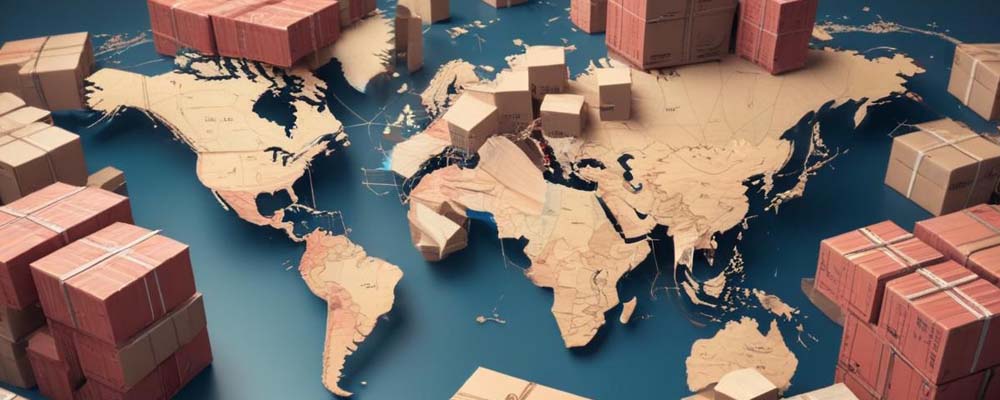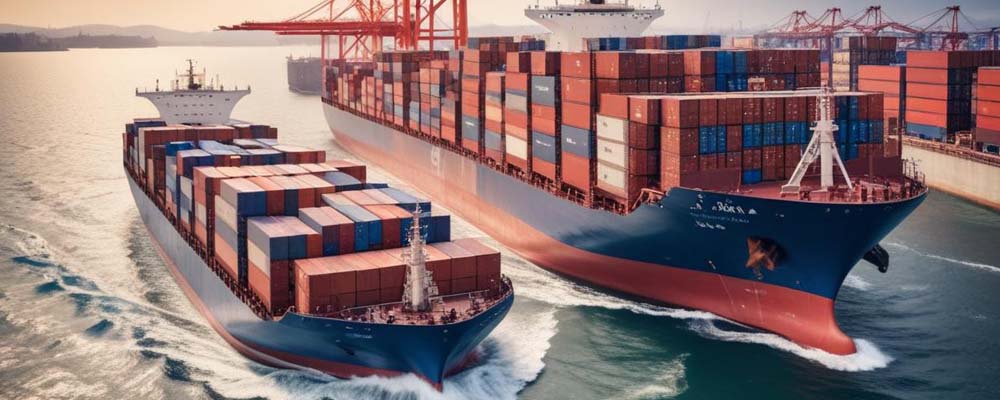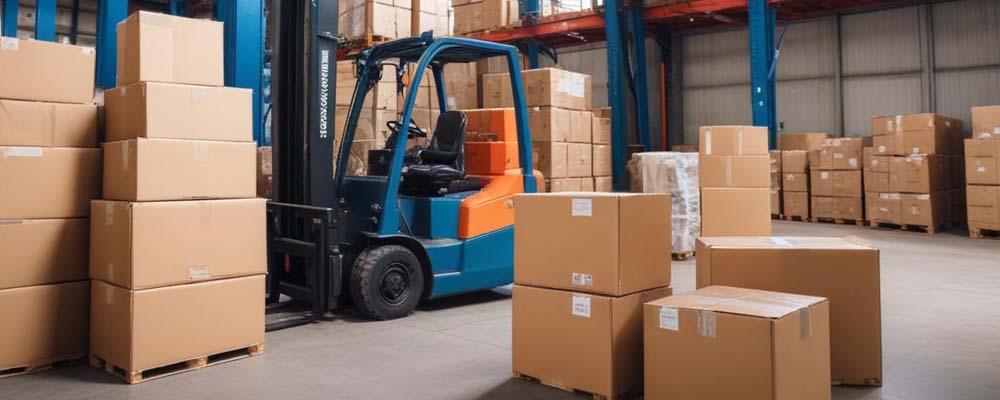
Shipping internationally can seem daunting, but with the right knowledge and preparation, it can be a seamless process. Whether you’re a small business owner looking to expand your market or an individual sending a gift overseas, understanding the ins and outs of international shipping is crucial. This comprehensive guide will walk you through the entire process, from selecting a carrier to ensuring your package arrives safely at its destination.
 Understanding International Shipping
Understanding International Shipping
International shipping involves sending goods from one country to another. The process is more complex than domestic shipping due to various regulations, customs procedures, and additional costs. Here’s a step-by-step guide to help you navigate the intricacies of shipping internationally.
Step 1: Choose the Right Carrier
The first step in shipping internationally is selecting a reliable carrier. Major carriers like DHL, FedEx, UPS, and the United States Postal Service (USPS) offer international shipping services. Each carrier has its strengths, and the best choice depends on your specific needs, including budget, delivery speed, and destination.
- DHL: Known for its extensive international network and fast delivery times.
- FedEx: Offers a range of international shipping options with a strong focus on customer service.
- UPS: Reliable and provides various shipping solutions, including freight services.
- USPS: Often the most cost-effective option for smaller packages.
Step 2: Understand Shipping Regulations and Restrictions
Each country has its own set of import regulations and restrictions. Before shipping, research the destination country’s rules regarding prohibited and restricted items. Carriers usually provide information on their websites about what you can and cannot ship to specific countries.
Step 3: Prepare Your Package
Proper packaging is essential to ensure your item arrives safely. Use sturdy boxes and appropriate packing materials like bubble wrap or packing peanuts to protect your items. Make sure the package is sealed securely to prevent tampering or damage during transit.
Step 4: Calculate Shipping Costs
International shipping costs are determined by various factors, including package weight, dimensions, destination, and shipping speed. Use the shipping cost calculators available on carrier websites to estimate the cost. Keep in mind that additional fees, such as customs duties and taxes, may apply.
Step 5: Create a Shipping Label
Once you’ve chosen a carrier and calculated the cost, the next step is to create a shipping label. This label contains all the necessary information, including the sender’s and recipient’s addresses, a description of the contents, and any special handling instructions. Most carriers allow you to create and print shipping labels online.
Step 6: Complete Customs Documentation
Customs documentation is required for all international shipments. This includes a commercial invoice, which details the contents and value of the package, and any other forms required by the destination country. Accurately completing these forms is crucial to avoid delays or additional charges.
Step 7: Choose a Freight Forwarder (Optional)
For larger shipments, using a freight forwarder can be beneficial. A freight forwarder is a company that arranges the transportation of goods on behalf of the shipper. They handle logistics, including documentation, customs clearance, and delivery. Freight forwarders can also provide valuable advice on the best shipping methods and routes.
Step 8: Track Your Shipment
After your package is on its way, use the tracking number provided by your carrier to monitor its progress. Most carriers offer online tracking tools that allow you to see where your package is at any given time. Tracking your shipment helps ensure it reaches its destination on time and allows you to address any issues that may arise during transit.
Step 9: Handle Customs Clearance
Customs clearance is a critical part of international shipping. When your package arrives in the destination country, it must be cleared by customs before it can be delivered. Ensure all necessary documentation is complete and accurate to facilitate this process. Sometimes, the recipient may need to provide additional information or pay duties and taxes.
Required Documents
- Commercial Invoice: Details the transaction between buyer and seller.
- Packing List: Lists the items in the shipment.
- Bill of Lading/Airway Bill: The contract between the shipper and carrier.
- Certificate of Origin: Specifies where the goods were manufactured.
Tips for Smooth Customs Clearance
- Accuracy: Ensure all information is accurate and complete.
- Compliance: Follow the destination country’s import regulations.
- Communication: Stay in touch with your freight forwarder and customs broker.
Step 10: Delivery and Confirmation
Once your package clears customs, it will be delivered to the recipient. Most carriers offer delivery confirmation services, providing peace of mind that your shipment has arrived safely. Encourage the recipient to inspect the package upon arrival and report any damage or issues immediately.
 Tips for Successful International Shipping
Tips for Successful International Shipping
1. Plan Ahead: International shipping can take longer than domestic shipping, so plan accordingly to meet your delivery deadlines.
2. Research Customs Fees: Be aware of potential customs duties and taxes that may apply to your shipment. Inform the recipient about these possible costs to avoid surprises.
3. Use a Reliable Carrier: Choose a carrier with a strong reputation for international shipping to ensure your package arrives safely and on time.
4. Pack Securely: Proper packaging is crucial to prevent damage during transit. Use high-quality packing materials and follow carrier guidelines.
5. Keep Records: Maintain copies of all shipping documentation, including invoices and tracking information, for reference in case of any issues.
 Conclusion
Conclusion
Shipping internationally doesn’t have to be complicated. By following these steps and tips, you can navigate the process with confidence. Whether you’re sending a single package or managing a larger shipment, understanding the key elements of international shipping will help ensure your items reach their destination safely and efficiently.




 Understanding International Shipping
Understanding International Shipping Tips for Successful International Shipping
Tips for Successful International Shipping Conclusion
Conclusion



